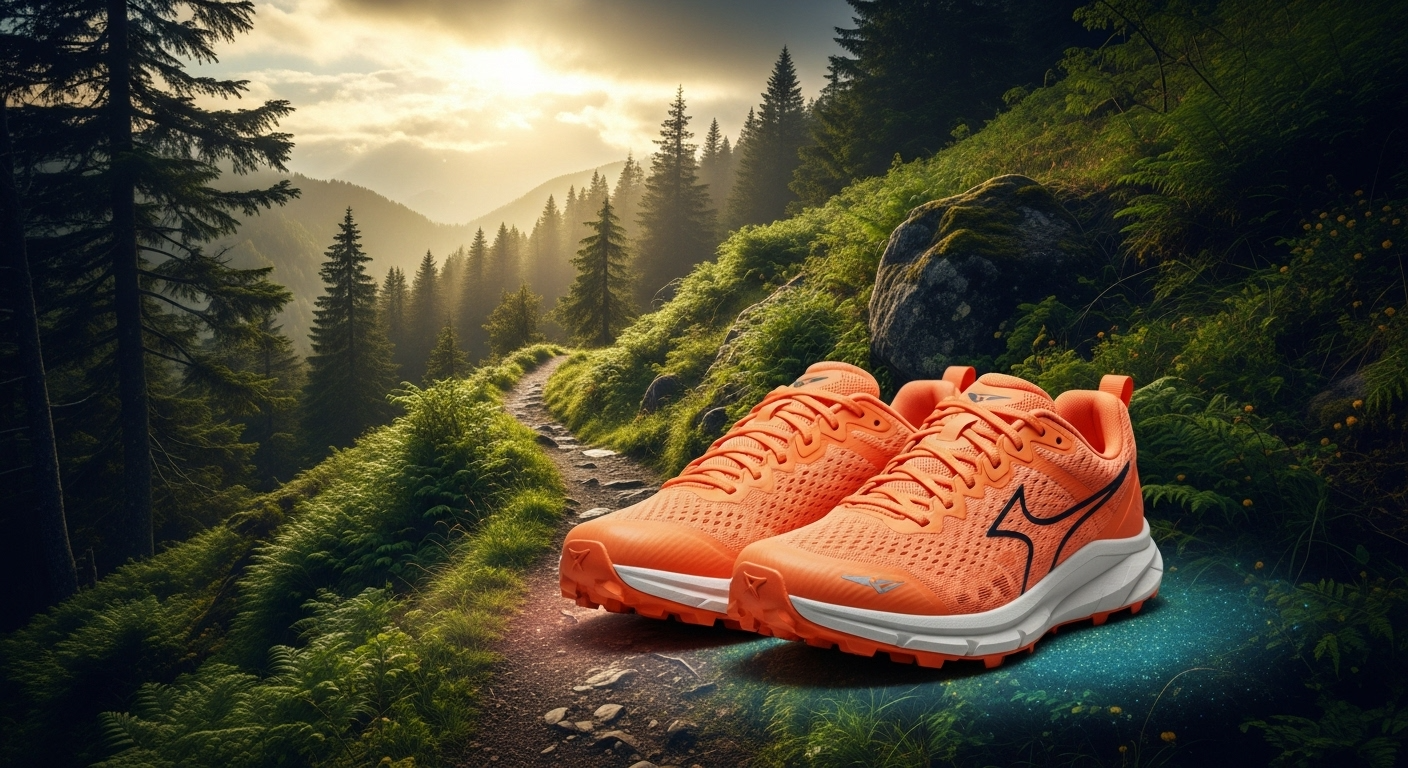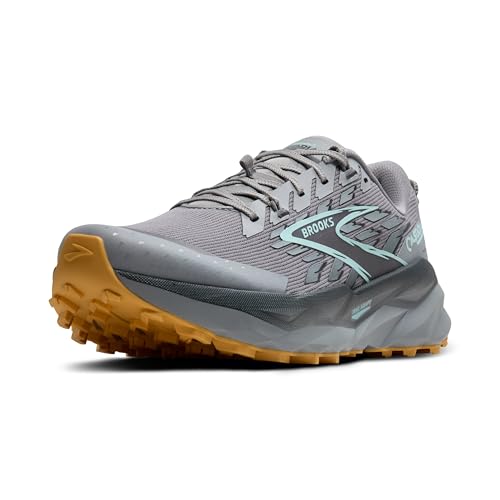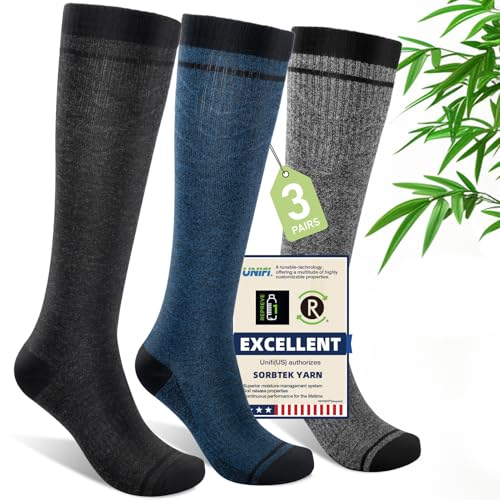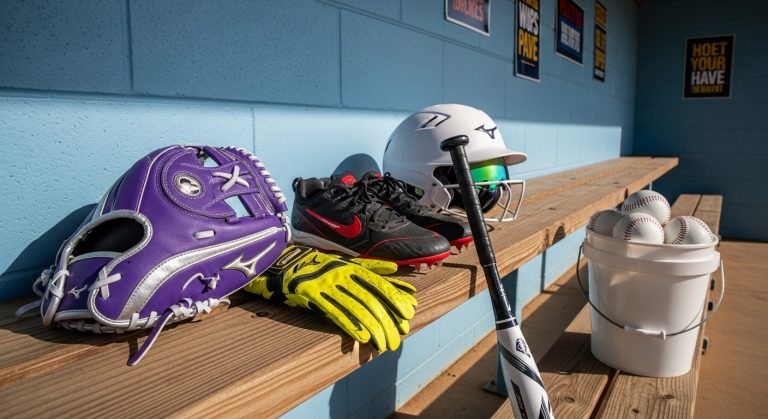Best Trail Running Gifts: Essential Gear for Every Adventure
Finding the perfect gift for trail runners can transform their wilderness adventures from good to extraordinary. Whether they’re conquering mountain peaks or exploring forest paths, trail runners face unique challenges that demand specialized gear designed for rugged terrain and unpredictable conditions.
This comprehensive guide reveals the essential equipment that serious trail runners actually need – from performance-enhancing footwear and hydration systems to safety gear and recovery tools. You’ll discover insider insights on choosing gear that combines durability with functionality, learn which accessories can make or break a trail running experience.
And understand how the right equipment enhances both performance and safety on every adventure. Get ready to explore gift ideas that will elevate any trail runner’s game while keeping them safe in the wilderness.
Trail Running Shoes: The Foundation of Every Adventure
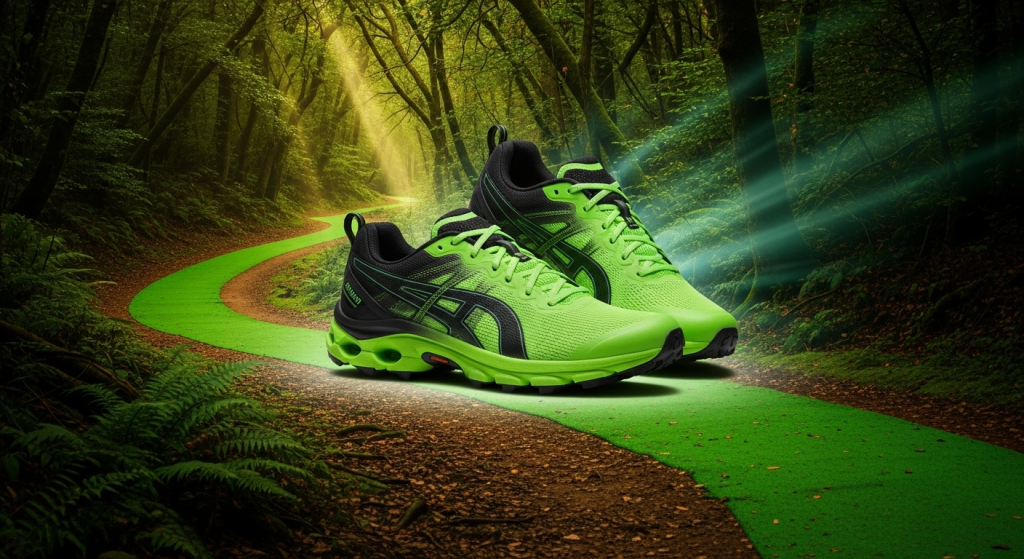
Trail running shoes represent the most critical piece of equipment for any trail runner. The right footwear provides essential traction, stability, and protection on varied terrain, from rocky paths to muddy trails.
Key features to consider include grippy outsoles for traction on loose surfaces, durable construction for rocky terrain, and proper cushioning for long-distance comfort. Different shoes excel in different conditions – some prioritize lightweight responsiveness while others focus on maximum protection and durability.
The Salomon Speedcross 5 offers excellent grip and stability on rugged terrain, making it ideal for serious trail runners who tackle challenging conditions. For versatile performance, the Nike Pegasus Trail 5 provides responsive midsole foam and works well for mixed road and trail running.
Altra’s trail running shoes feature unique technologies like MaxTrac outsoles for superior traction and TrailClaw lugs positioned strategically for enhanced grip. Their zero-drop platform promotes natural foot positioning during long trail adventures.
Hydration Systems: Staying Fueled on Long Adventures
Hydration packs and vests are essential for trail runners who venture beyond easy water access. These systems allow continuous hydration without breaking stride, crucial for maintaining performance during extended trail sessions.
Running vests offer a snug, bounce-free fit with front-mounted soft flasks for easy access. The Salomon Adv Skin 5 provides outstanding fit with zero bounce, featuring six stretchy mesh pockets for gear storage. Its elastic lace-like fastening system ensures security while remaining quick to adjust.
For longer adventures, larger capacity packs like the Camelbak Apex Pro offer extensive storage with both soft flasks and optional bladder systems. These packs include RECCO safety technology for emergency situations.
Hydration belts provide a minimalist alternative for shorter runs, offering phone storage, gel pockets, and soft flask compatibility without the bulk of a full pack. The Decathlon Evadict Trail Running Hydration Belt includes waterproof phone storage and pole attachment options.
Weather Protection: Conquering the Elements
Weather-resistant gear enables trail runners to maintain their training schedules regardless of conditions. Proper layering systems provide protection while maintaining breathability during high-output activities.
Rain jackets designed specifically for trail running feature zoned ventilation and packable designs. The Patagonia Houdini Air works perfectly for light rainfall and warmer temperatures, offering weather resistance in an ultralight package.
For serious weather conditions, jackets with side zips and storm-worthy construction provide comprehensive protection. These features allow wearing over hydration packs while maintaining breathability through adjustable ventilation.
Insulating layers become crucial for high-altitude runs and changing weather conditions. Lightweight synthetic insulation provides warmth without bulk, essential for maintaining mobility on technical terrain.
Multi-functional accessories like the Buff Original serve multiple purposes – headband, neck gaiter, face mask, or cap. Made from moisture-wicking fabric, these versatile pieces adapt to changing conditions throughout a run.
Safety and Navigation Equipment: Essential Wilderness Gear
Safety equipment becomes non-negotiable for trail runners venturing into remote areas. Proper preparation can mean the difference between a challenging adventure and a dangerous situation.
Headlamps provide essential visibility for early morning starts and evening finishes. The Petzl Actik Core offers powerful illumination with rechargeable batteries and multiple brightness settings. 300-lumen output ensures excellent trail visibility in complete darkness.
Navigation tools including maps, compasses, and GPS devices help trail runners stay on course. Modern GPS watches combine navigation with performance tracking, providing route guidance and emergency features.
Emergency supplies should include survival bags, first aid kits, and emergency whistles. A survival bag adds minimal weight while providing crucial protection in emergency situations. Paracord bracelets combine everyday wear with emergency functionality, including fire-starting capabilities and signaling tools.
Communication devices ensure connection with the outside world. Fully charged phones provide emergency contact, though battery life can suffer in cold conditions.
Technical Apparel: Performance-Driven Clothing
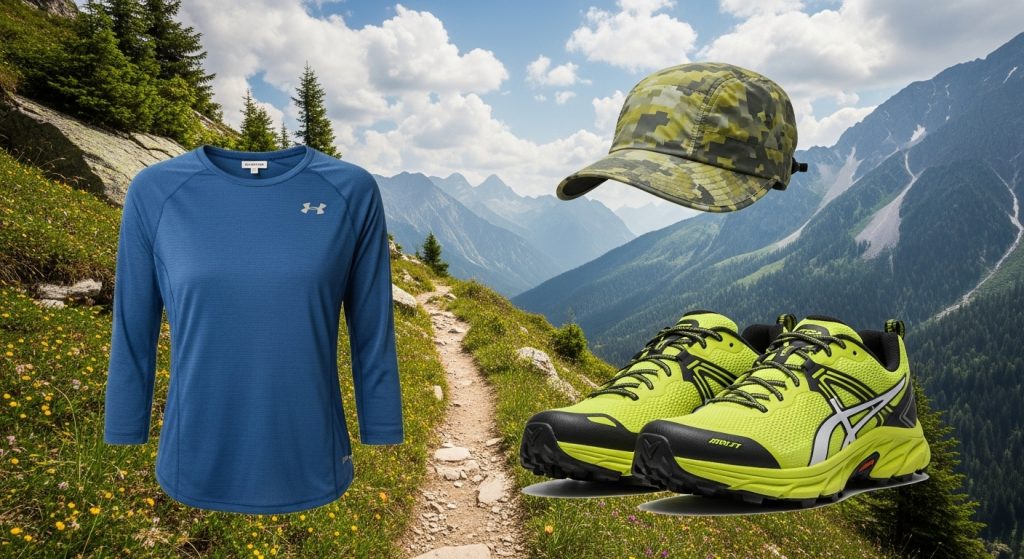
Technical clothing designed for trail running addresses the unique demands of varied terrain and changing conditions. Proper apparel manages moisture, provides protection, and maintains comfort during extended efforts.
Trail-specific tights feature thigh pockets for nutrition and valuables, plus rear zipped pockets for security. Polygiene treatment prevents odor buildup during long adventures. The Koulin Trail Tights exemplify this functionality with strategically placed storage.
Moisture-wicking fabrics keep skin dry during intense efforts, while four-way stretch materials provide unrestricted movement on technical terrain. Flatlock seams prevent chafing during long-distance efforts.
Trail running tops incorporate smart zoned ventilation and weather-resistant panels where needed. These designs balance protection with breathability, crucial for maintaining comfort during varying intensities.
Accessories like trail-specific hats provide sun protection while maintaining breathability. Trucker-style designs with mesh panels offer ventilation, while adjustable closures ensure secure fit during dynamic movement.
Recovery and Maintenance Tools: Post-Run Essentials
Recovery equipment helps trail runners maintain their training consistency and prevent injury. Proper recovery tools address the unique stresses of trail running on varied terrain.
Foam rollers provide targeted muscle release after challenging trail sessions. Contoured designs work effectively on different muscle groups, helping maintain flexibility and reduce soreness.
Massage devices like the Hyperice Hypervolt offer percussive therapy for deep muscle treatment. These tools help address the specific muscle fatigue that comes from navigating uneven terrain and elevation changes.
Compression gear aids recovery by promoting blood flow and reducing muscle oscillation during runs. Graduated compression provides targeted support for commonly stressed areas.
Nutrition and hydration tools support proper fueling strategies. Soft flasks and nutrition storage systems help maintain energy levels during extended trail adventures.
Specialized Trail Accessories: Enhancing the Experience
Specialized accessories can significantly enhance trail running experiences by addressing specific challenges and improving overall performance.
Trekking poles provide stability and reduce impact on steep descents. Collapsible designs like the Nanolite running poles fold into compact packages for easy storage when not needed. These poles offer significant advantages on technical terrain and long climbs.
Gaiters prevent debris from entering shoes, crucial for maintaining comfort on sandy or rocky trails. Low-profile designs work specifically with trail running shoes without adding bulk.
Nutrition systems help maintain energy levels during long efforts. Gel flasks and solid fuel storage ensure proper fueling without interrupting running rhythm.
Electronics protection keeps devices safe from weather and impact. Waterproof cases and shock-resistant storage protect valuable equipment during challenging conditions.
Training and Performance Monitoring: Data-Driven Improvement
Performance monitoring tools help trail runners track progress and optimize training. Modern technology provides detailed insights into trail running performance across various metrics.
GPS watches combine navigation with comprehensive performance tracking. Multi-sport capabilities track trail-specific metrics like elevation gain, descent rates, and terrain difficulty.
Heart rate monitoring provides insights into effort levels across varying terrain. Chest strap monitors offer more accurate readings during high-intensity trail efforts.
Training analysis software helps interpret performance data and plan future training. Route planning tools enable discovery of new trails while ensuring safety and appropriate difficulty levels.
Recovery monitoring tracks readiness for training and helps prevent overuse injuries. Sleep tracking and stress monitoring provide holistic views of training adaptation.
Frequently Asked Questions
What makes trail running shoes different from regular running shoes?
Trail running shoes feature aggressive tread patterns for traction on loose surfaces, reinforced toe boxes for protection against rocks, and stiffer midsoles for stability on uneven terrain. They also use more durable materials to withstand the abrasive nature of trail surfaces.
How much water should I carry on trail runs?
Water needs vary based on distance, weather, and individual sweat rates. Generally, plan for 150-250ml per hour of running, adjusting for temperature and humidity. Hydration packs allow carrying 1-3 liters depending on run duration and water availability along the route.
Are hydration vests better than handheld bottles for trail running?
Hydration vests provide hands-free hydration and additional storage for nutrition and safety gear. They distribute weight evenly and allow natural arm movement on technical terrain. Handheld bottles work for shorter runs but become impractical for longer trail adventures.
What safety equipment is essential for trail running?
Essential safety gear includes a headlamp, emergency whistle, first aid supplies, and navigation tools. For remote areas, add a survival bag, emergency shelter, and communication device. Always inform someone of your planned route and expected return time.
How do I choose the right trail running pack size?
Pack size depends on run duration and required gear. Minimalist vests work for runs under 2 hours with basic needs. 5-7 liter packs suit longer runs requiring extra layers and nutrition. 12+ liter packs accommodate multi-day adventures or extensive safety equipment requirements.

